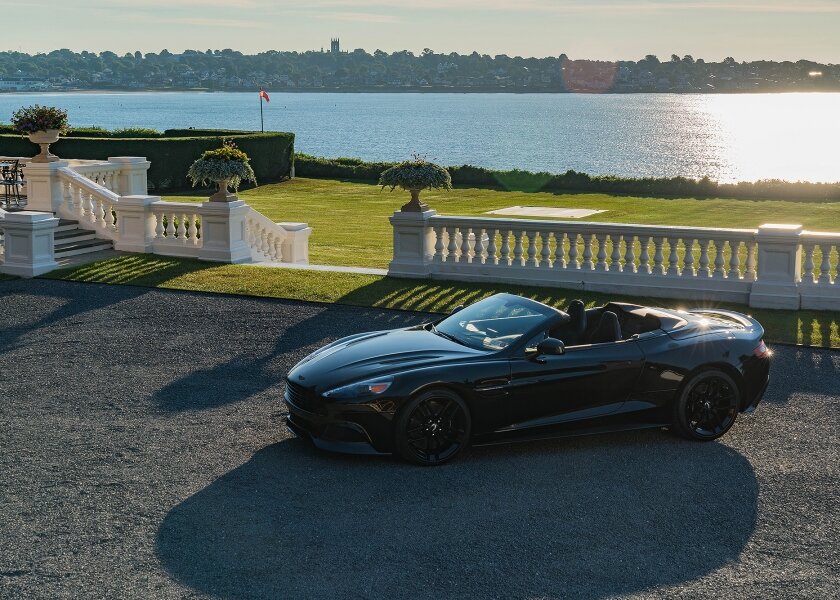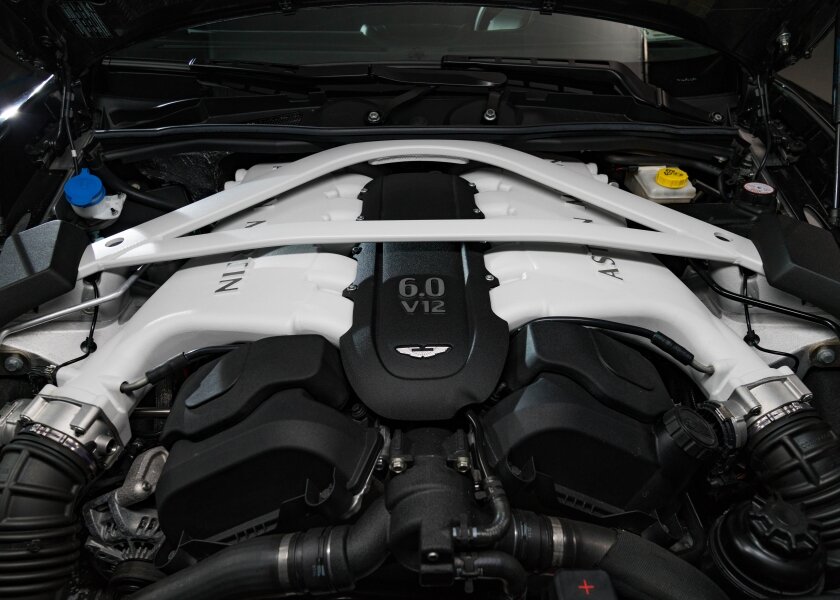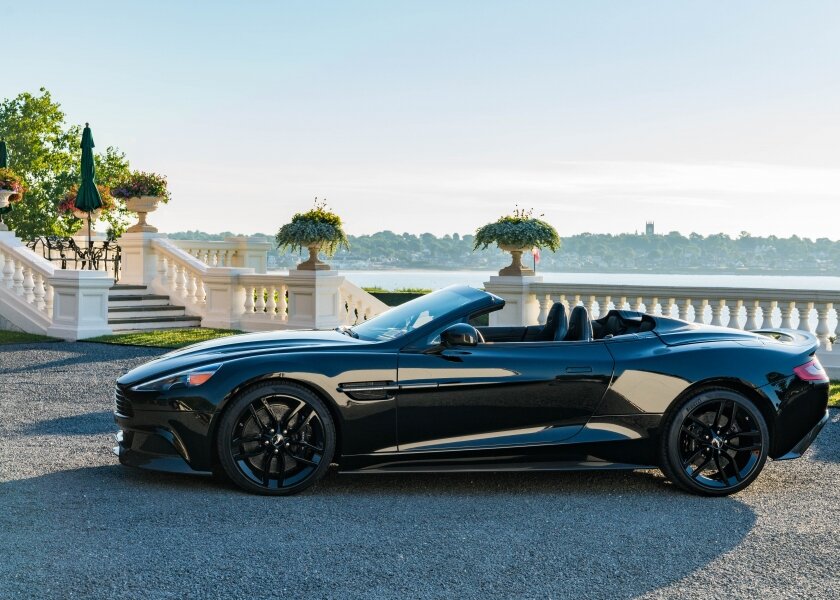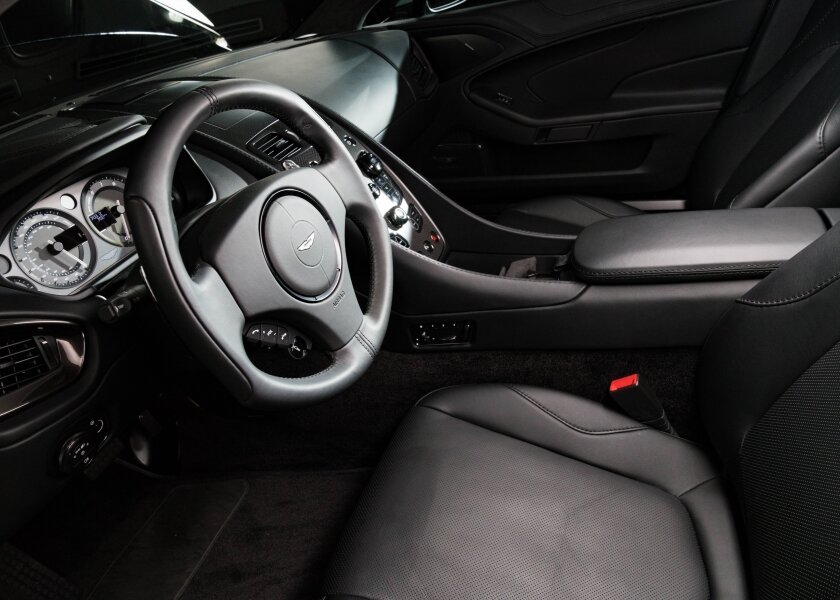2015 Aston Martin Vanquish




Carbon Edition
Specifications
Configuration: Longitudinal Front-Engine, Rear Wheel Drive
Engine: 5.9 Liter V12
Horsepower: 567 @ 6750 RPM
Torque: 465 lb. ft. @ 5500 RPM
Transmission: Eight Speed Automatic
0-60 MPH: 3.6 seconds
Top speed: 197 MPH
Weight: 4065 lbs
The Aston Martin Vanquish was originally introduced in 2001 as the successor to the fading Virage model. The first generation, the V12 Vanquish, manufactured from 2001 to 2004, gained notoriety from being the official James Bond car in Die Another Day (2002). The car in the movie was actually a prototype designed as a collaboration between Ford Motor Company and Indian designer Dilip Chhabria. The mass-production model was designed by Ian Callum and debuted at the 2001 Geneva Auto Show. The Vanquish S, the second generation of the Vanquish line, debuted at the Paris Auto Show in 2004 and was manufactured until 2007. The Vanquish model stopped production with the closing of the Newport Pagnell Factory in 2007, and was replaced by the DBS, until 2012, when the Vanquish name was revived once again.
With an MSRP of nearly $300k, the 2015 Vanquish was released with high expectations. When objectively compared to similar class rivals, the Vanquish does not exceed all of its high expectations. However, this isn’t necessarily a negative quality.
It is hard to find a modern car on the market that is still hand built with a V12 engine, though these character traits separate Aston from all of their competitors. As Aston moves forward into the future of high-tech engineering and electric power plants, they vow to continue building their cars by hand. “Handmade doesn’t necessarily mean lack of technology,” Aston Martin CEO Andy Palmer says.
The Vanquish Carbon Edition design includes, as expected, has many parts composed of exposed carbon. For example, it bears a carbon fiber chin spoiler, side skirts, side view mirrors, and accents, as well as a rear diffuser. It also has a herringbone-style carbon fiber backed center console. The rest of the interior bears factory-option black-on-black stitching and door inserts, the more angular Formula-1 style steering wheel, as well as two back seats. However, there is only about 6 inches of leg room in the back, so it is not very comfortable to ride in!











